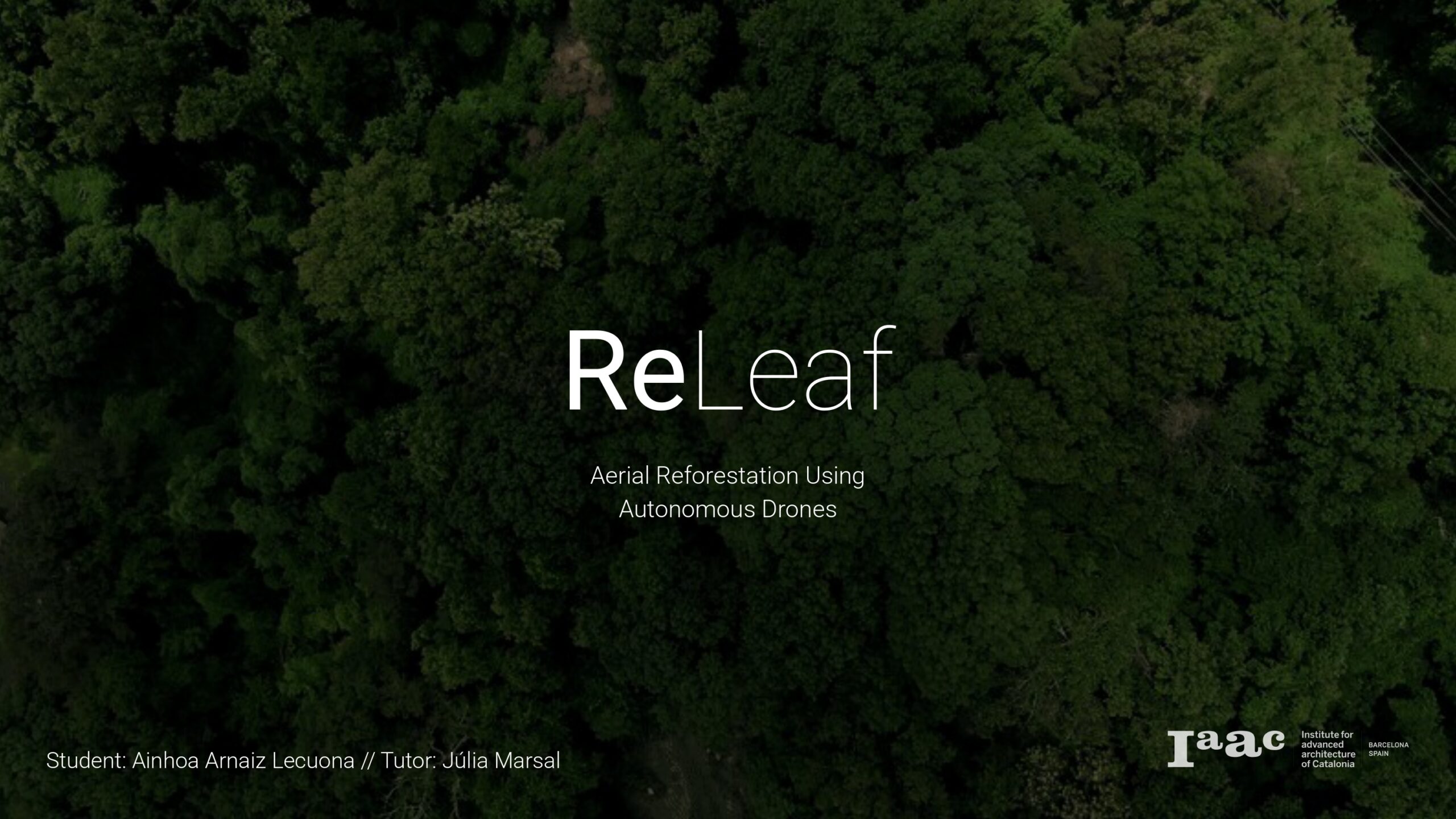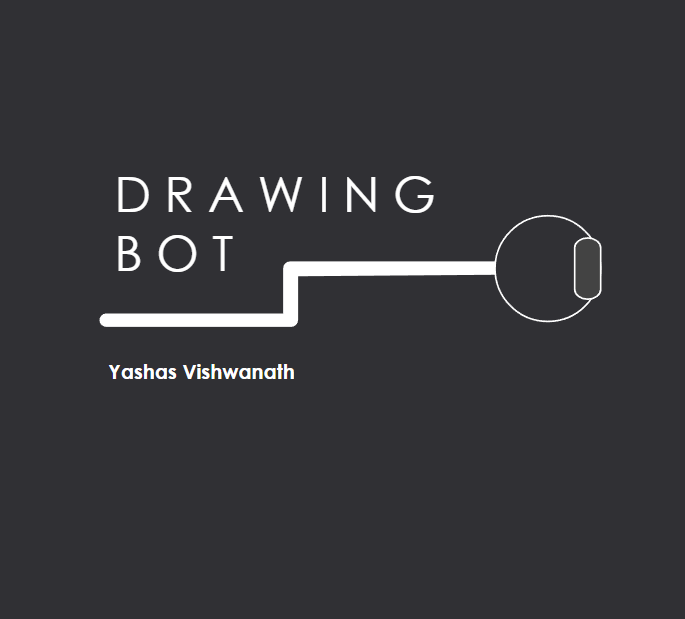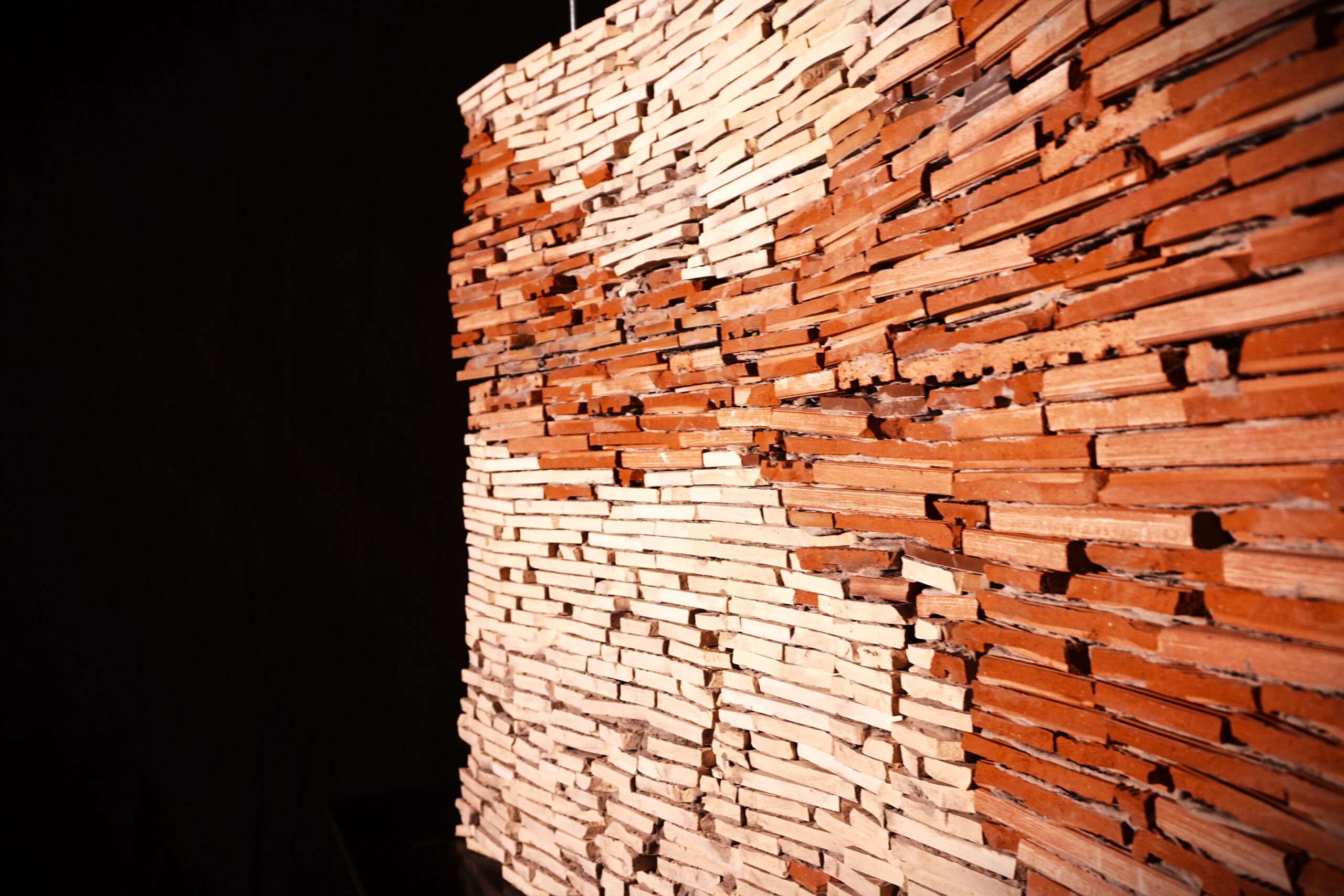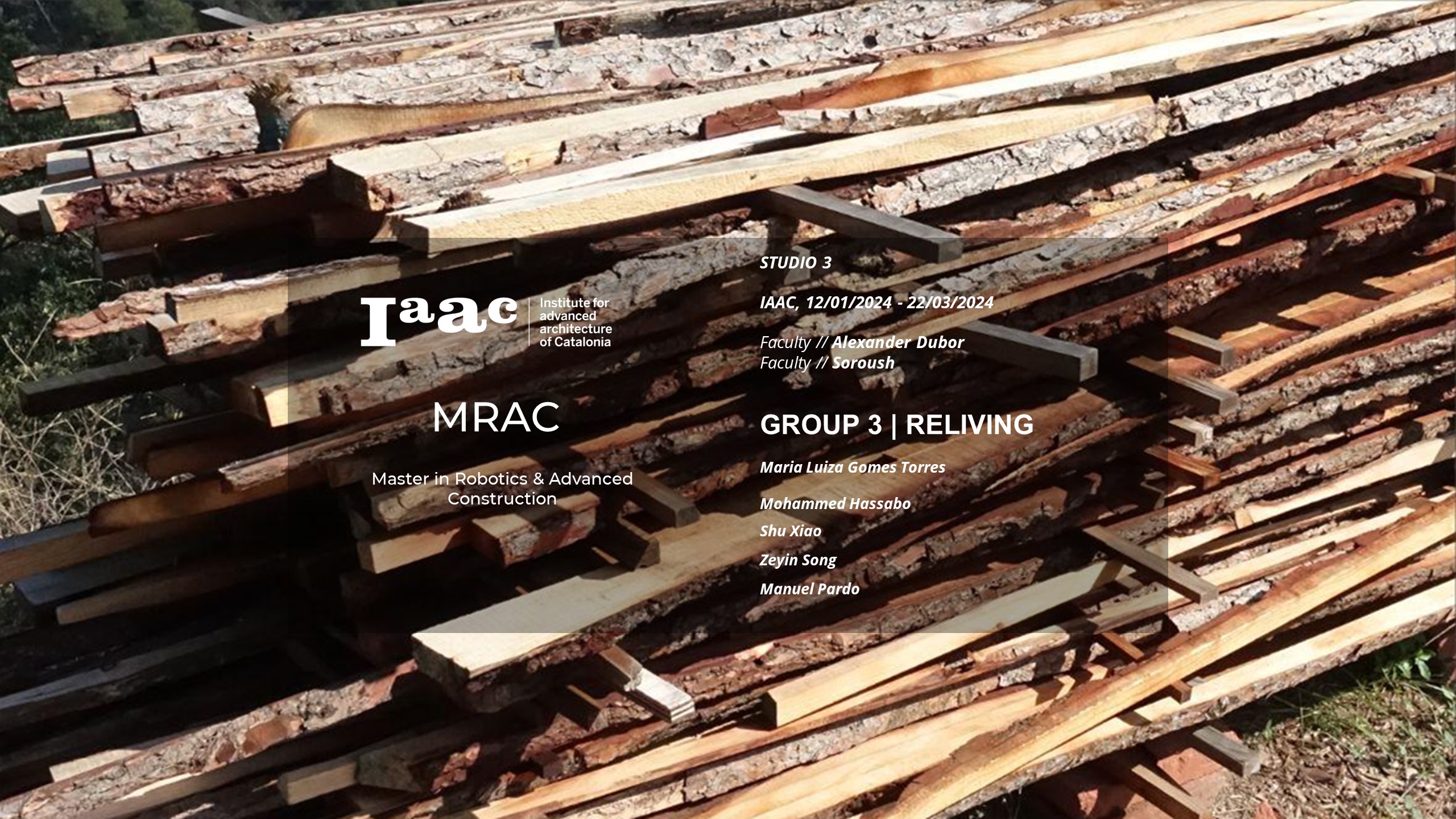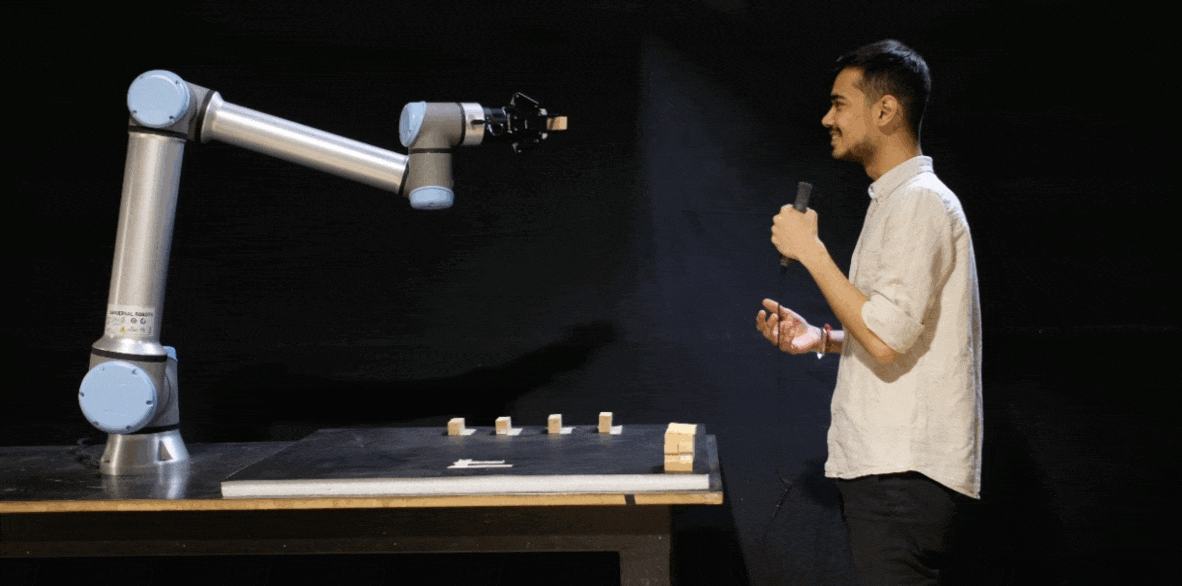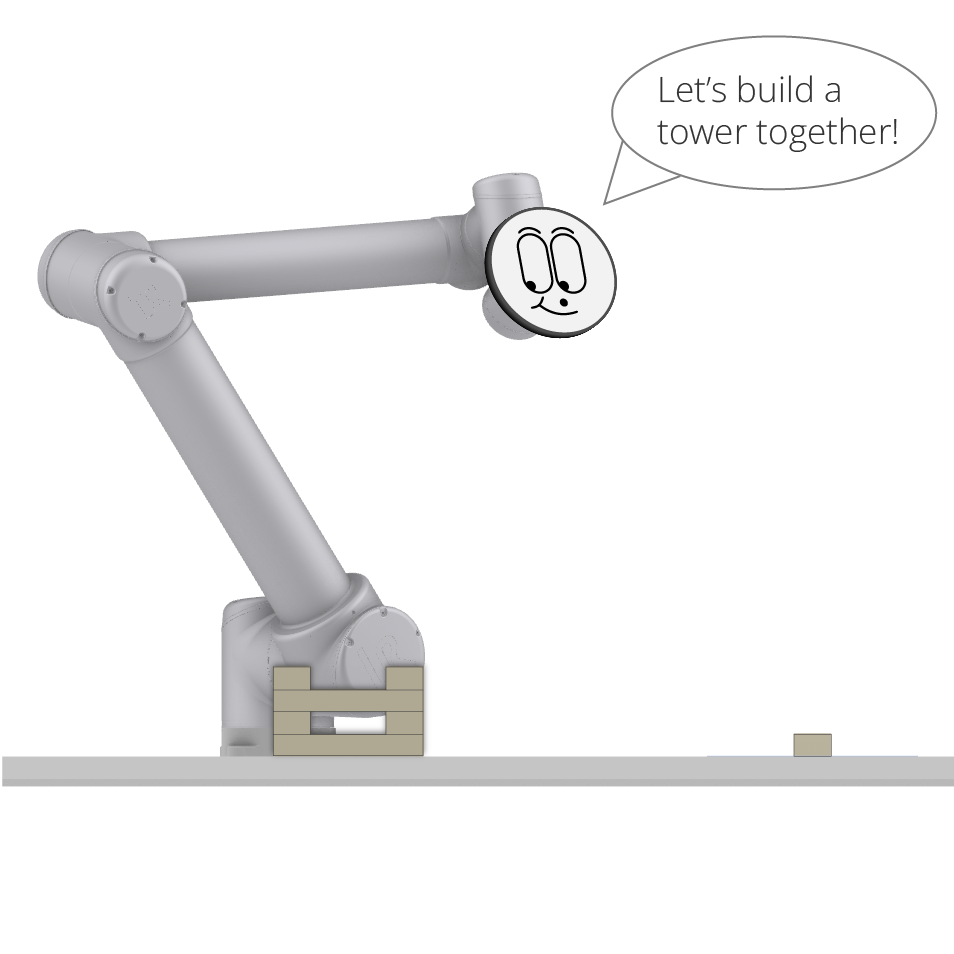ReLeaf – Term II
Aerial Reforestation Using Autonomous Drones Desertification threatens 74% of Spain’s land, worsened by deforestation and wildfires. To aid reforestation, this project develops an open-source drone for autonomous terrain analysis and seed dispersal. Using the Holybro X500 V2, it integrates SLAM for mapping and navigation. Initial work focused on hardware setup and autonomous flight. Future steps … Read more

